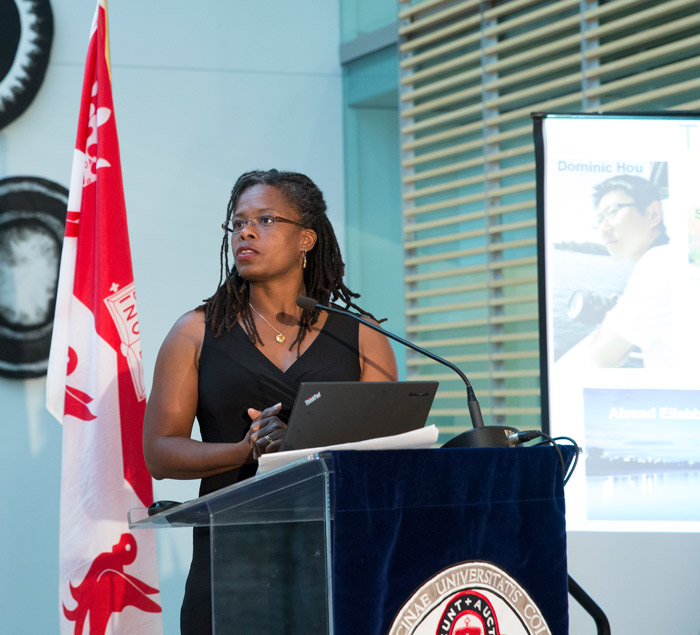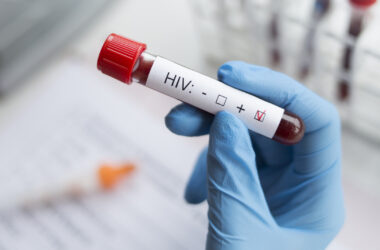On Sept. 12, Soup and Science featured some of the cutting-edge developmental biology research going on at McGill.
Over an egg salad sandwich and a bowl of chicken soup, The McGill Tribune met Loydie Jerome-Majewska, pediatrics professor and medical scientist, to hear about her research regarding developmental syndromes.
Between two and three per cent of children worldwide are born with congenital malformations. While substantial evidence exists that environmental factors like tobacco and alcohol are causal agents, genetic mutations also play an important role in developmental disorders.
The medical scientist has unparalleled enthusiasm for her field.
“I was always excited about development. It really started with the question of how you can get a complex human from just an egg and a sperm.”
Jerome-Majewska’s research aims to identify these mutated genes and observe their onset during development. She wants to better understand congenital malformations like DiGeorge syndrome—a disorder present from birth causing mouth and heart malformations—to see how significant changes in environment or genetic pathways can reduce the risk of developing these syndromes.
Jerome-Majewska studies these changes in development by using model mice. When the expression of a gene is thought to contribute to a syndrome, the lab can mutate said gene to discover its consequences in an organism. From here they can understand when the first event occurs and what cells are disrupted.
To do so, the researchers perform forward genetic screens to understand which genes are causing malformations. They then follow up by employing reverse genetics: Determining the gene’s function by seeing whether or not it is expressed. From here, the gene can be manipulated and the consequences of its expression observed.
In typical undergraduate fashion, we asked Jerome-Majewska if she had any advice for students pursuing research.
“Above all, you have to love it,” she said. “There are days where nothing happens, and that’s a reality of the job. But there are also days where you see something that no one has ever seen."








